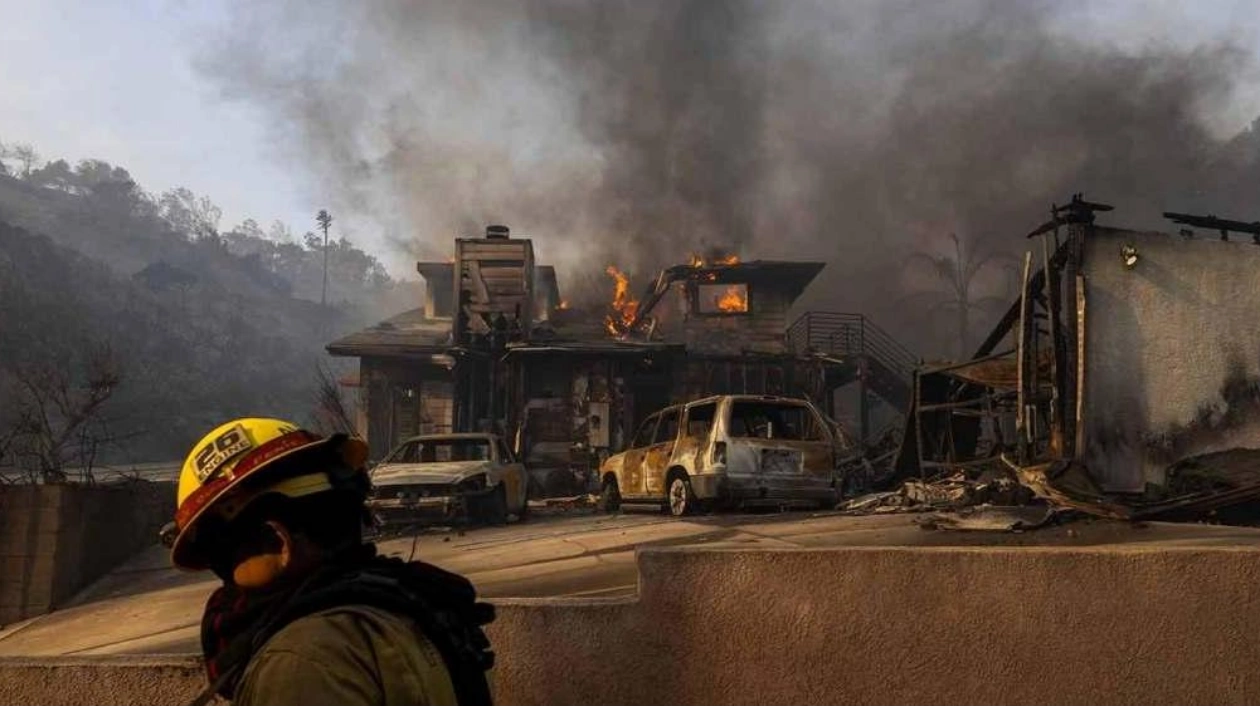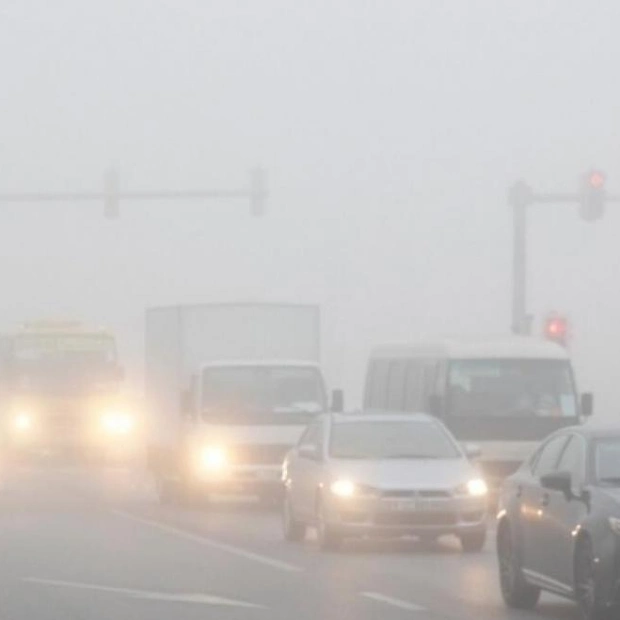People are increasingly moving towards nature's edge, often into areas prone to wildfires. Homes built where human settlements meet undeveloped wildlands are particularly at risk from wildfires and other natural disasters (SN: 11/9/23). Despite this, the wildland-urban interface (WUI) is expanding rapidly as more people settle in these areas. From 2000 to 2020, the global footprint of the WUI grew by approximately 35 percent, covering an area roughly the size of Mexico, according to a study published November 8 in Science Advances.
Geographer Jianghao Wang of the University of Chinese Academy of Sciences in Beijing notes that the most significant conflicts between humans and nature are concentrated in these WUI areas. The expansion of the WUI's total area "increases the likelihood of human exposure to wildfires, posing greater threats to life and property." This risk has been evident in recent weeks, with multiple wildfires spreading through WUI areas in Southern California, including the ongoing Mountain Fire, which started in the Somis area on November 6 and has destroyed over 130 properties, forcing more than 10,000 people to evacuate.
Using satellite data from 2000, 2010, and 2020, Wang and his colleagues mapped the global spread of the WUI at a 30-meter resolution. They found that urbanization had driven a rapid expansion of the WUI, which accelerated over time. Starting from about 1.4 million square kilometers in 2000, the WUI grew by about 5 percent in the first decade and about 30 percent in the following decade, reaching around 1.9 million square kilometers in 2020. The United States, eastern China, and Nigeria experienced some of the most extensive WUI growth. "This reality underscores the need for policymakers to prioritize wildfire control as more regions become vulnerable," Wang says.
A subsequent analysis of satellite detections of wildfires revealed changes in fire activity near the WUI. The team examined two periods: 2008 to 2012 and 2018 to 2022. They found that the number of small wildfires—those burning one square kilometer or less—increased by about 23 percent within one kilometer of WUI areas between those two periods. These findings could aid governments in developing or refining policies and guidelines to manage wildfire risk (SN: 5/13/20). Residents in WUI areas are also advised to be cautious about lighting fires in vegetated areas, as this could exacerbate the hazard for others living on these fire-prone frontiers.
Source link: https://www.sciencenews.org






